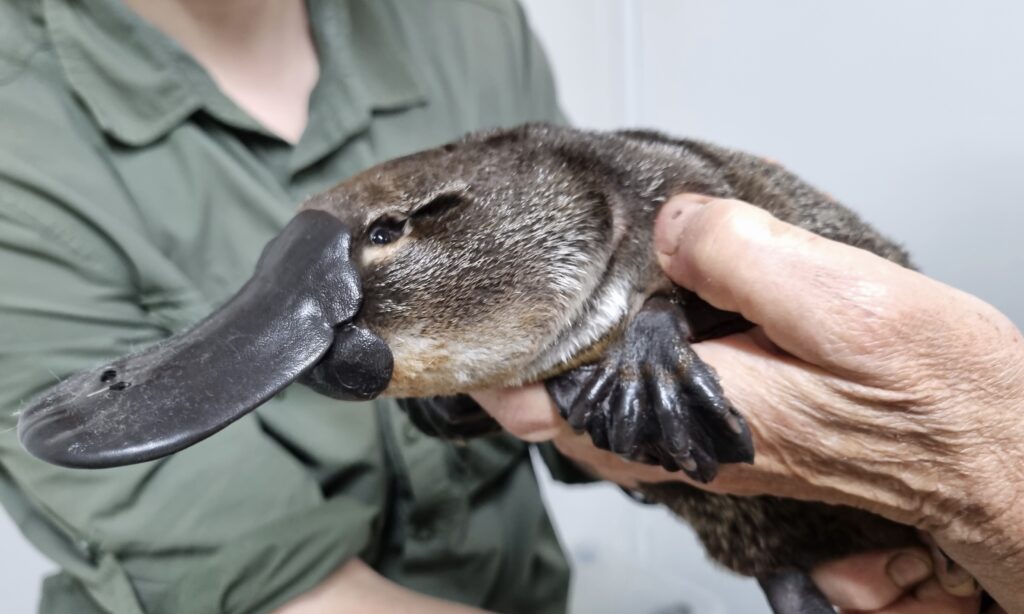Cesar Australia conducted a series of live-trapping surveys to investigate the population and distribution of platypus in the lower Werribee River, during February 2022 and March 2023. These took place in the Werribee and Mt Cottrell reaches of the river, with a total of 22 trap nights from 11 sites. No platypuses were captured during the surveys.
Previous live-trapping surveys have taken place in this stretch of the river from 1997-2019, with a total of 25 surveys completed over 25 years. In 2017, genetic analysis estimated a population of 16 platypus in this area of the river.
A decline in platypus numbers may be attributed to several factors, including changes in river flow and water quality, an increase in litter and fishing line leading to potential entanglement, a decrease in riparian vegetation, increases in human population and housing development, introduced predators and land clearing. Barriers to migration and movement such as weirs and dams can also impact on platypus numbers, distribution and genetic diversity.
The drowning of seven adult platypus, found in an opera net trap near the historical junction with Davis Creek in September 2018, had an unknown impact on the local population but is likely to have been a significant loss.
However, other recent trapping and eDNA surveys in the Werribee River have shown a small but active breeding population, which is an encouraging sign.
Trapping surveys are not always a reliable measure of platypus distribution or abundance, as platypus may avoid traps, by-catch such as rakali can chew holes in the nets, and variable river terrain including deep pools or rocks may prevent setting of traps in locations including parts of the Mt Cottrell reach.
One of the most essential resources for platypus is year-round water. This enables them to hunt for food and move around in their preferred way – swimming.
John Forrester, the Werribee Riverkeeper, has a vital role in advocating for water provision to the Werribee River and its waterways through government regulation and policies, land management practices and communication with other stakeholders in our catchment and broader regional areas.
There are many ways, community members can get involved to help the platypus. Keeping litter out of the river and cleaning up our parks and streets makes a huge difference, with the option to join one of our regular community clean-ups. Or people can join one of the many Friends of groups to help maintain and support the riverine parklands. Regeneration planting can have many benefits for the platypus, upon water quality and for the entire river environment.
Read on for the full report.
